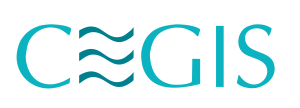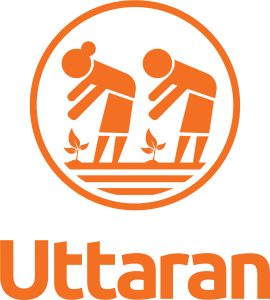Tides are Changing: a People’s Plan for Upscaling Ecosystem-based Adaptation in the Tidal Rivers of Southwest Bangladesh
Project Information
Being among the world’s most vulnerable to climate change and sea level rise, people in southwest coastal Bangladesh are advocating for a safe and healthy living environment. “Tidal River Management” is an ecosystem-based approach that offers a promising strategy by restoring the river ecosystem. Yet, its sustainable and widespread implementation is hampered by a lack of local representation and ownership in the planning processes and governance structures. Both ENDS, Uttaran, and CEGIS are therefore working together with local community members and governments in the Betna-Marichhap river basin to elaborate Community-Based Tidal River Management (CBTRM).
The project consists of three pillars:
- A “People’s Plan”: a participatory planning process with communities and institutional stakeholders to address the technical design, (community) resource management, and livelihood planning under CBTRM in the Betna-Marichhap river basin.
- An inclusive governance model: using a governance a model that focuses on the necessary institutional reforms for safeguarding community ownership under CBTRM.
- Catalysing investment for CBTRM: engagement with financing agencies to create awareness and establish a support base for CBTRM.
By developing a comprehensive ‘roadmap’ to CBTRM, the project aims to create a model to facilitate future upscaling of Community-Based Tidal River Management in southwest Bangladesh.
Project Updates
1. Enhanced Community Mobilisation for Tidal River Restoration: More than 1,500 people living in the two river basins participated in awareness-raising activities and workshops about the impacts of waterlogging and its root causes, the potential for Ecosystem-based Adaptation (EbA), and people’s concerns and needs related to Community-based Tidal River Management (CBTRM). During these meetings, members from Paani (Water) Committees and Civil Society Organisations highlighted the need for a central platform where community representatives, civil society, and other stakeholders could exchange knowledge, jointly strategize and collectively advocate for the restoration of the tidal river ecosystem. The project has therefore facilitated the formation of the “Betna-Maricchap Nodi Rokkha Committee” (Betna-Maricchap River Protection Committee).
2. Strengthened Government Capacity and Support for CBTRM Implementation: The project has engaged approximately 75 government officials, raising awareness about the current waterlog crisis in the Betna-Marichhap river basin, its drivers, and the long-term benefits of CBTRM as a cost-effective alternative to the ongoing excavations and with the potential to sustain these and other infrastructure investments over the long run. These meetings have been instrumental in gaining support from both local and national government officials for this project, which is of crucial for securing ownership and enabling future implementation of CBTRM.
3. Reinforced Evidence Base for Cost-Effective River Management Solutions: Field visits and dialogues with local people, government officials, and technical experts reconfirmed that excavations are considerably more expensive, less effective, and less sustainable than CBTRM for addressing waterlogging, rapid sea–level rise, and other adverse impacts of climate change.
4. Expanded Identification of Viable Floodplains for TRM Adoption: Twelve potential beels (floodplains) identified in the Bangladesh Delta Plan (BDP2100) as potential TRM sites in the Betna-Marichap river basin were mapped, while additional suitable floodplains were identified by local people and technical experts, expanding the options and feasibility for the implementation of TRM.
5. Finalised the People’s Plan: Over the last year, the project consortium has facilitated an intensive, iterative process in which technical (morphological) modelling and socio-economic analysis (based on local input), have been presented to the communities and local stakeholders for their feedback. Based on their input, the People’s Plan has been endorsed locally by communities and governmental stakeholders in the Betna-Marichap river basin. The next step will be to conduct a workshop in Dhaka with potential financiers, development partners, and Bangladeshi governmental stakeholders in December 2025.
Project Status
Ongoing



